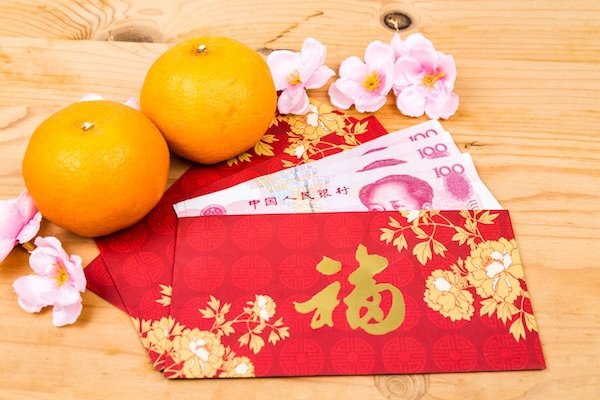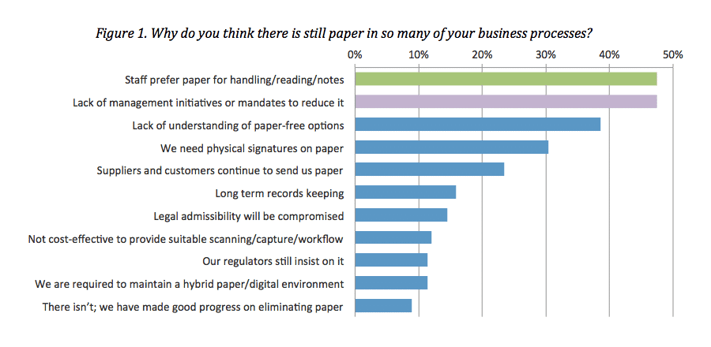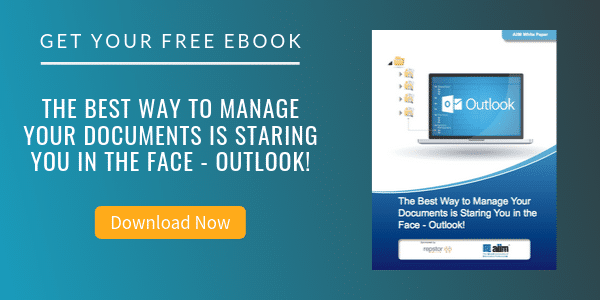
Digital Transformation: A Two-Thousand-Year-Old Tradition Can Do It—So Can You
Business Process Management (BPM) | Paperless Office
Chinese New Year is host to many traditions from tasty, meat-packed dumplings to an all-hours riot of fireworks. Over its two weeks, the whole country erupts in celebration—it’s a sight to be seen.
But above all Spring Festival traditions, I have a clear favorite; maybe you have heard of it before: the gifting of red paper envelopes filled with money.
These red, cash-filled packets have been a feature of Chinese culture—in one form or another—for more than two thousand years. But this tradition has recently undergone a big change. It has embraced digital transformation, and in a huge cultural shift, more red envelopes are being exchanged virtually than ever before.
Digital Transformation Can Never Come Too Late
WeChat, a top social media and payment platform in China, is making this digital landslide possible. With more than 700 million monthly active users, millions of people this New Year’s season will send digital red envelopes via WeChat’s payment services. Altogether, experts are forecasting estimates as high as 50 billion red envelopes.
The question is: how is it that despite a 2000 year precedent, Chinese users are quick to adopt a digital revision, and yet in the business world, companies worldwide still struggle to do the same for key business processes?
Lessons to Learn
Why do you think there is still paper in so many of your business processes? This is what we asked our community members, and 47% believed it had to do with the human factor. Put simply, people like paper. They enjoy handling it, whether for reading, writing, note-taking, etc. This fondness seems to be shared with both C-level and non-executive staff, as 47% of respondents also feel that a lack of management support to get rid of paper is the reason why it has continued to stick around in our organizations. (Figure 1 from Paper Free - Are We There Yet?)
So what’s the deal? We know people are resistant to paper-free alternatives because they are familiar with and like using paper. But looking to red envelopes, the same revolt against change that occurs in our offices hasn’t slowed down this tradition’s digital transformation. With 2000 years of cultural muscle memory, you’d expect these ties to paper to be welded down and impossible to change. What is it that WeChat has tapped into?
Build Something Better
In my view, what separates a successful paper-free project with one that is unsuccessful is simple: it is about never needing to settle for less. When it comes to functionality, people—whether in our personal lives or at the workplace—resist change to a new way of doing things when the old way is still in the same stratosphere of quality. If the old way is still good enough, why change?
What we need to do is create technology and strategies in support of digital transformation that provide an experience “so good,” they force us to erode away our habits by their sheer quality. It is business-critical that we identify the best-loved parts of our paper-processes, so we can create a paper-lite/free experience that is an undeniable step forward in the minds of our end-users. The net result needs to be better than what we had before, or otherwise, it’s not an upgrade, but a lateral change—lateral changes aren’t enough to inspire people.
A New Year for Paper-Free Possibilities
This year, make it your goal to be critical of paper processes in your organization, especially those that you love and can’t imagine going digital. What aspects of these processes could you live without? What functionality and quality-of-life enhancements have you found to be deal-breakers not to have? Apply this thinking across the enterprise; you may be surprised by what you find.




